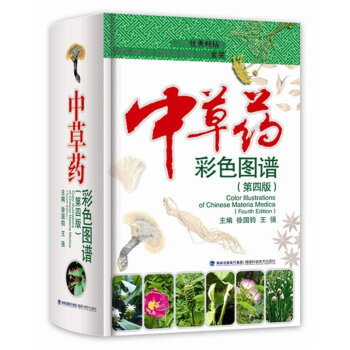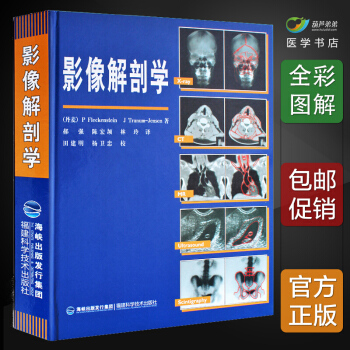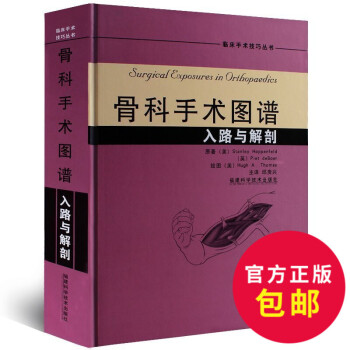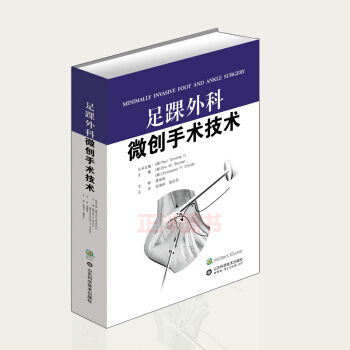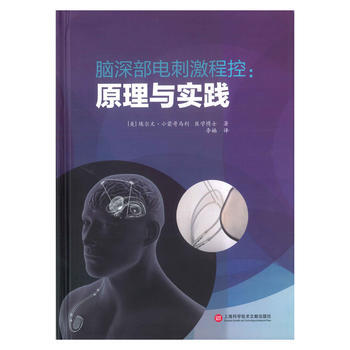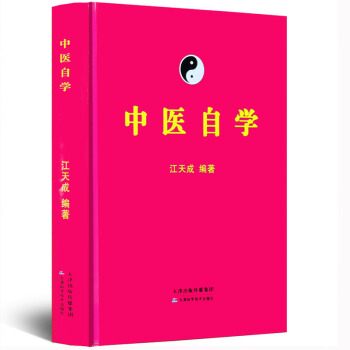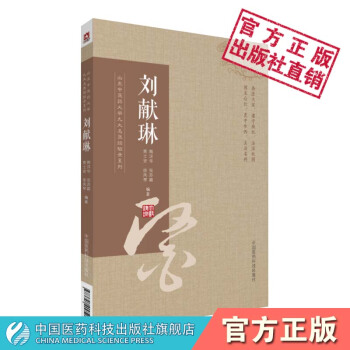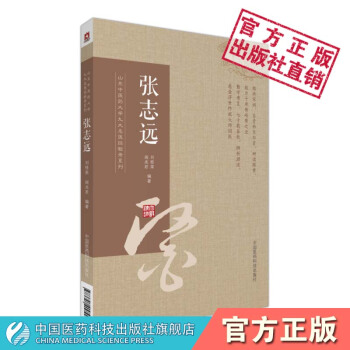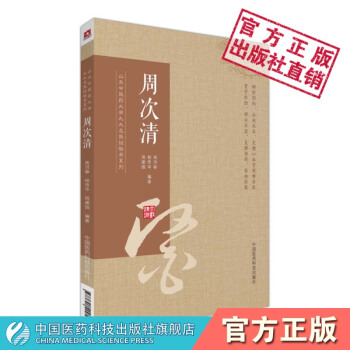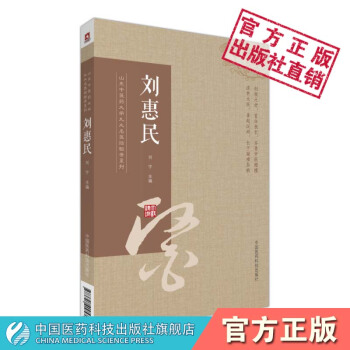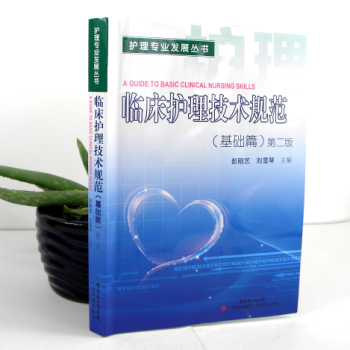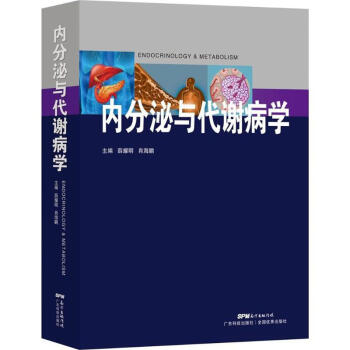具体描述
商品参数
书 名:中草药彩色图谱(第四版)
作 者:徐国钧,王强 著
I S B N:9787533542788
出 版 社:福建科技出版社
出版时间:2013年7月第4版
印刷时间:2013年7月第29次
字 数:9970000
页 数:1111
开 本:32开
包 装:精装
纸 张:胶版纸
:148元
编辑
作者*威:生药学家、中国药科大学教授、中国科学院院士,倾力打造。
版本升级:500种常用中草药,精心筛选,取中草药之精华。
图片精美:1000余幅高清色照片,再现,动植物与药材形态。
实用有效:2000余首验方,中医药专家,倾情奉献。
目录
根 类
根茎类
果实类
种子类
花 类
叶 类
木 类
皮 类
茎藤类
全草类
其他类
动物类
矿物类
内容
本书按入药部位分类,介绍500种常用中草药(包括植物药、动物药、矿物药)的来源、植物形态、采制、性状、化学成分、药理、性味、功能主治、验方等。
本书是在《中草药彩色图谱(第三版)》的基础上修订而成,主要修订有:①根据*新版《药典》及中草药的临床应用情况,精心筛选,增补常用品种。②增加同一动(植)物来源而部位不同的品种,如除桑叶外,增补同样来源于桑科植物桑的桑白皮、桑枝、桑椹等。③补充药材的多种制品,如除人参外,增补由人参炮制加工而成的红参等。④合并多来源品种,以便临床应用。⑤充实应用性内容,将“配伍应用”改为“验方”。
作者简介
徐国钧:江苏常熟人,生于1922年。中国科学院院士,中国药科大学生药学教授,国务院学位委员会学科评议组成员,卫生部药典委员会名誉委员,ACME(中医药文摘杂志)顾问,中草药学会(日本)常务理事。编著《生药学》、《常用中药材品种整理和质量研究》等著作40余部,其中半数为主编;发表论文200余篇。参加学术会议30次。负责的研著项目多次获*家级、部级奖。
王强:江苏南京人,生于1949年。1981年获硕士学位,1987年获博士学位。中国药科大学生药学教授,博士生导师,药品监督管理局药品审评专家,江苏省药学会中药与天然药物委员会主任委员,中国药学会中药与天然药物委员会委员。编著论著26部,其中任主编的8部,任副主编的9部;发表论文200余篇。1991年被教委、国务院学位委员会授予“作出突出贡献的中国博士学位获得者”称号;1997年获“吴阶平—保罗?杨森医学药学奖”。
medicinal plants colorful atlas (fourth edition) hardcover color edition chinese herbal medicine chinese materia medica colorful atlas ben cao gang mu traditional chinese medicine book I. Introduction The Chinese Herbal Medicine Colorful Atlas (Fourth Edition) is a comprehensive and meticulously crafted visual guide to the vast and intricate world of Chinese medicinal herbs. This latest edition, presented in a durable hardcover with vibrant color illustrations, serves as an indispensable resource for practitioners, students, researchers, and enthusiasts of Traditional Chinese Medicine (TCM). It aims to bridge the gap between classical knowledge and modern understanding, offering a practical and accessible way to identify, understand, and utilize the rich pharmacopoeia of Chinese herbs. Drawing inspiration from the foundational work of Ben Cao Gang Mu and incorporating contemporary scientific research, this atlas provides an unparalleled visual and textual exploration of medicinal plants. It goes beyond mere identification, delving into the essence of each herb, its traditional applications, and its underlying pharmacological properties. The endeavor is to empower readers with the knowledge to navigate the complexities of Chinese materia medica with confidence and precision, fostering a deeper appreciation for the therapeutic power of nature. II. Scope and Content This atlas meticulously details a wide array of Chinese medicinal herbs, encompassing those commonly used in everyday practice as well as rarer, specialized remedies. The selection prioritizes accuracy, relevance, and comprehensive coverage, ensuring that users have access to the most pertinent information for their needs. Each herb entry is designed to be informative and user-friendly, featuring a consistent structure that facilitates easy reference. The core components of each entry include: Botanical Identification: Detailed descriptions of the plant's morphology, including its growth habit, leaves, flowers, fruits, and roots. This section is crucial for accurate identification in the field or when sourcing materials. Precise botanical terminology is employed, but also explained in a manner that is accessible to those without specialized botanical training. Macroscopic and Microscopic Characteristics: For each herb, both its external appearance (color, texture, shape, size) and internal structure (when relevant, such as in the case of roots or barks) are described. This aids in distinguishing between similar-looking species and verifying the authenticity of raw medicinal materials. Microscopic details, where applicable, provide further layers of identification and quality control. Habitat and Distribution: Information on where each herb naturally grows, its preferred environmental conditions (soil, climate, altitude), and its geographical distribution within China and potentially other regions. This contextualizes the herb and provides insights into cultivation practices. Harvesting and Processing: Guidance on the optimal time for harvesting specific parts of the plant (e.g., root, leaf, flower, fruit) and the traditional methods of processing (e.g., drying, stir-frying, steaming, calcining) required to prepare them for medicinal use. The importance of proper processing in altering the herb's properties and efficacy is emphasized. Traditional Chinese Medicine (TCM) Properties: This section forms the cornerstone of the TCM perspective. It details: Nature (性): Whether the herb is cold, cool, neutral, warm, or hot. This property dictates its primary action in clearing heat, warming the body, or harmonizing the system. Flavor (味): Whether the herb is pungent, sweet, sour, bitter, or salty. Each flavor is associated with specific therapeutic actions, such as dispelling wind-cold, tonifying qi, or draining dampness. Meridian Tropism (归经): Which organ systems or meridians the herb primarily influences. This indicates where its therapeutic effects are most likely to manifest. Actions (功效): The specific therapeutic effects of the herb, such as clearing heat and detoxifying, tonifying qi and blood, regulating menstruation, or soothing the liver. This is often a list of the herb's most significant functions. Indications (主治): The conditions, diseases, or symptoms for which the herb is traditionally prescribed. This provides practical guidance for its application in clinical settings. Dosage (用量): Recommended dosages for common preparations, typically expressed in grams, with caveats regarding individual patient conditions and physician discretion. Contraindications and Precautions (禁忌与注意事项): Crucial information regarding who should avoid using the herb, potential side effects, and interactions with other herbs or medications. This emphasizes the importance of safe and responsible use. Modern Pharmacological Research: A crucial addition in this edition, this section integrates contemporary scientific findings. It discusses: Active Constituents: Identification and description of key chemical compounds responsible for the herb's therapeutic effects (e.g., alkaloids, flavonoids, saponins, polysaccharides). Pharmacological Actions: Scientific evidence supporting the herb's traditional actions, such as anti-inflammatory, analgesic, antimicrobial, immunomodulatory, or antioxidant properties. Clinical Studies and Applications: Summaries of relevant research and clinical trials that investigate the efficacy and safety of the herb in treating specific conditions, often drawing parallels with its traditional uses. This section aims to validate traditional knowledge with scientific evidence and explore new therapeutic avenues. Color Illustrations: The atlas is distinguished by its high-quality, vibrant, and accurate color photographs of each herb. These images are not merely decorative; they are meticulously chosen to depict the herb in its natural state and in its processed forms, showcasing key diagnostic features that are vital for identification. Multiple angles and close-ups are often provided to highlight specific morphological characteristics. The color accuracy ensures that readers can reliably compare the images with the actual plants or materials they encounter. III. Target Audience and Applications The "Chinese Herbal Medicine Colorful Atlas (Fourth Edition)" is designed to be a versatile resource serving a broad spectrum of users: TCM Practitioners (Acupuncturists, Herbalists, Doctors): For them, the atlas is an essential desk reference for accurate identification, understanding herb properties and actions, and ensuring correct prescription. It aids in differential diagnosis and treatment planning. The integration of modern research also supports evidence-based practice. TCM Students: This atlas is an invaluable learning tool, providing a clear and visual foundation for understanding the vast array of herbs. It complements theoretical studies by offering practical, visual learning aids for memorization and identification. Pharmacists and Pharmacy Technicians: Professionals involved in dispensing Chinese herbal medicines will find the detailed descriptions and identification features crucial for ensuring the correct sourcing and dispensing of quality herbs. Researchers and Scientists: The atlas serves as a starting point for ethnobotanical studies, phytochemistry research, and pharmacological investigations into Chinese medicinal plants. The inclusion of modern research data bridges traditional knowledge with scientific inquiry. Botanists and Naturalists: For those interested in the flora of China and medicinal botany, the atlas offers detailed botanical descriptions and high-quality illustrations. Health Enthusiasts and the General Public: Individuals interested in natural health, herbal remedies, and the cultural heritage of TCM will find this atlas an accessible and informative guide to understanding the therapeutic potential of common herbs. IV. Unique Features and Advantages The "Chinese Herbal Medicine Colorful Atlas (Fourth Edition)" stands out due to several key features: Exceptional Visuals: The extensive collection of high-resolution, true-color photographs is a primary strength. These visuals are meticulously curated to showcase the most important identification features of each herb, making it easier to distinguish between similar species and verify the authenticity of raw materials. Comprehensive and Accurate Information: The content is compiled from authoritative sources and rigorously reviewed, ensuring accuracy in botanical descriptions, TCM properties, and modern pharmacological data. The depth of information provided for each herb is unparalleled. Integration of Traditional and Modern Knowledge: By seamlessly blending classical TCM principles with contemporary scientific research, the atlas offers a holistic understanding of each herb. This dual perspective is essential for the evolution and validation of TCM. User-Friendly Format: The consistent structure of each entry, coupled with clear and concise language, makes the atlas easy to navigate and understand. The hardcover binding ensures durability for frequent use in busy environments. Authoritative Authorship: The atlas benefits from the expertise of renowned scholars and practitioners in the field of Traditional Chinese Medicine and pharmacognosy. Their collective knowledge guarantees the reliability and depth of the content. Updated Content: As the fourth edition, it represents the latest knowledge and advancements in the field, incorporating new research findings and potentially new herbs or updated classifications. V. Conclusion The "Chinese Herbal Medicine Colorful Atlas (Fourth Edition)" is more than just a reference book; it is a gateway to understanding and appreciating the profound healing capabilities of nature as understood through the lens of Traditional Chinese Medicine. Its exquisite illustrations, combined with detailed botanical descriptions, traditional medicinal properties, and up-to-date pharmacological research, make it an indispensable tool for anyone seeking to engage with the world of Chinese herbal medicine. This atlas empowers its users with the knowledge to identify, understand, and utilize these ancient remedies with confidence, contributing to the advancement and integration of TCM in modern healthcare. It is a testament to the enduring wisdom of classical texts like Ben Cao Gang Mu and the continuous evolution of medicinal knowledge.
